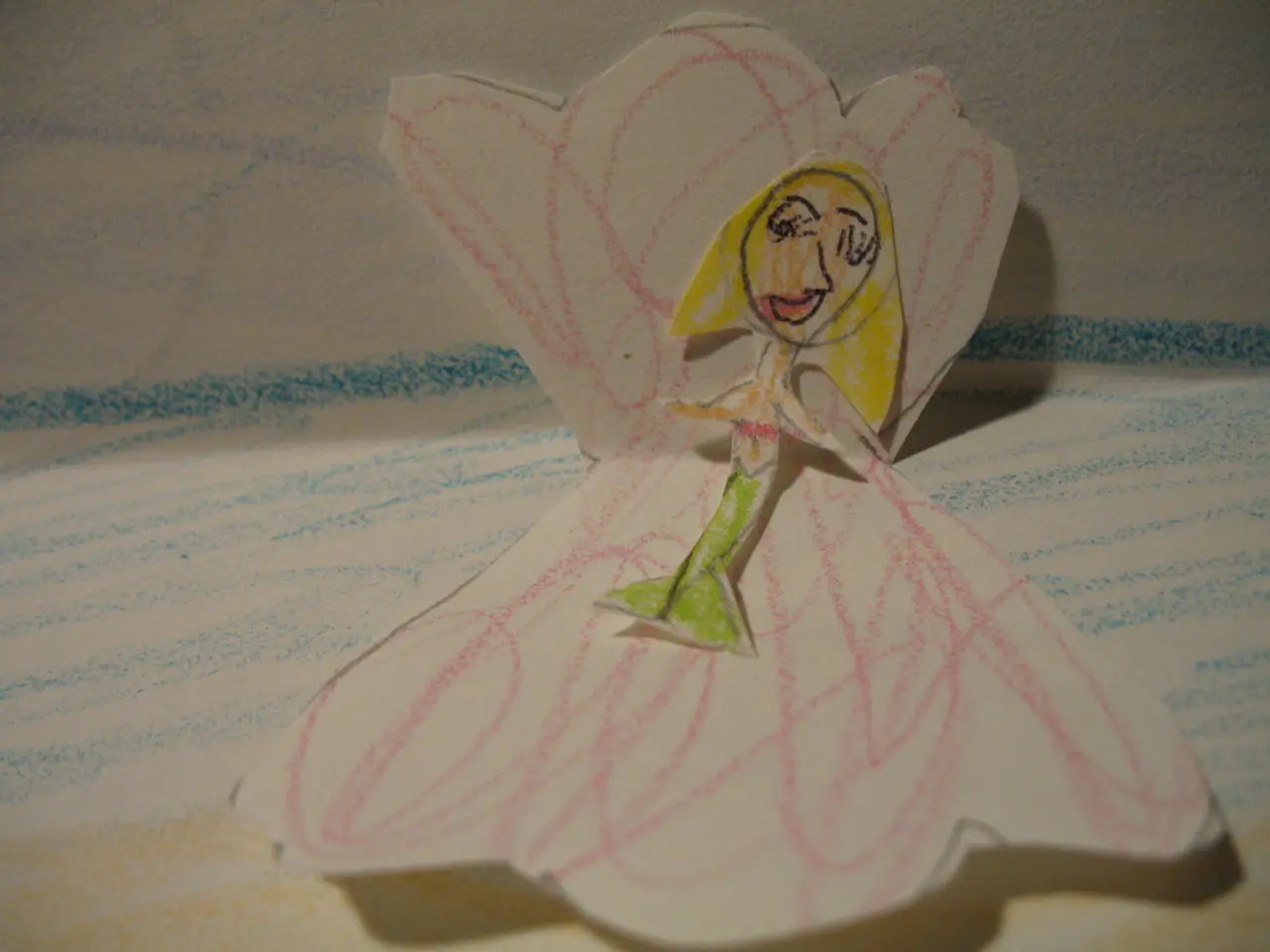Utilizing ChatGPT for thought generation, writing assistance, and maintaining authenticity in expression
In the ever-evolving world of writing, a new tool has emerged as a valuable asset for creators: ChatGPT. This artificial intelligence (AI) model has become a thinking companion and writing scaffold for many authors, helping them navigate the complexities of their creative process.
One writer, for instance, finds that ChatGPT allows them to spend less time stuck and more time in flow. The AI gently reroutes them when they are spiraling into perfectionism or doubt, reminding them that they already have a voice and is there to help them hear it more clearly.
Reflecting on their creative process and the role of tools in it, this author uses ChatGPT not as a shortcut but as a mirror, sparring partner, and reflection of their own voice. They show the AI half-spelt sentences, rambling voice note transcripts, pictures, or just a vibe of what they want to write about.
ChatGPT serves as a co-conspirator, journaling into a mirror that answers back, brainstorming without interruptions, and a writing buddy who says "Yes, AND...". On days when the author struggles with imposter syndrome, ChatGPT gently calls their bluff, suggesting that it's not about being loud or certain, but about saying something true and sometimes imperfect.
This AI model is particularly useful when the author's brain is like a tumble dryer on high spin, finding the thread is half the battle. ChatGPT offers metaphors, questions, and gentle nudges to help the author clarify their thoughts. It helps them explore tangents, follow feelings, and test metaphors without fear of wasting time.
In terms of practical applications, ChatGPT aids in idea generation and brainstorming, character development, scenario exploration, structural writing assistance, enhancing expression through language, and editing and fine-tuning. It helps spark creativity by generating diverse story ideas, fleshes out characters with motivations and backstories, refines rough drafts, and offers suggestions for plot directions and genre-specific twists.
Overall, ChatGPT acts as a collaborative partner that accelerates and broadens creative thinking while providing scaffolds—structured supports—that help writers move from vague ideas to fully formed written work. It is most effective when users guide it with specific prompts and use its outputs as flexible tools rather than fixed answers.
This blog post, for instance, was written with ChatGPT. Not because the author needed it to sound better, but because they wanted it to sound like them—with a little more clarity, confidence, and play. It's a testament to the power of this AI model in enhancing the creative process and helping writers bring their unique voices to life.
Artificial intelligence (AI) like ChatGPT can serve as a valuable tool for exploring and clarifying thoughts during the creative process, acting as a mirror, sparring partner, and reflection of a writer's own voice. By using ChatGPT for idea generation, character development, and fine-tuning, writers can enhance their expression and bring their unique voices to life.




